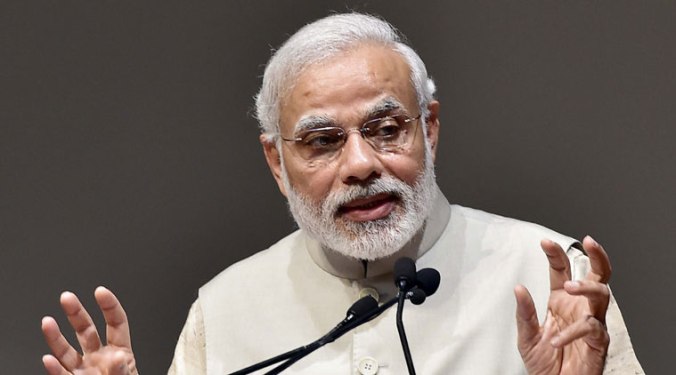
The Bharatiya Janata Party under the dynamic leadership of PM Narendra Modi completed two years in office, and as it approaches halfway, the ‘achhe din’ promised by the Saffron brigade can be nowhere seen.
The Modi government after their surprising victory in May 2014, and the change in course they have endeavoured for the nation since, is enough of a time to pass judgements.
As Modi completes this milestone, I bring to you ground report from Karol Bagh Market, one of the prime shopping hubs in Delhi. While most of the people expressed their grievance against the Modi government, some said that they will still opt for the Modi government over Congress in the next Lok Sabha election.
The PM on the other hand, who carried the hopes of millions, still remains the star party campaigner who directed BJP to the 2014 election triumph, rather than becoming a leader who can lead the government with realistic action. What he does is nothing more than Political Jhumlabazi. He gets time to criticize Rahul Gandhi in foreign soil or to compare Kerala with Somalia but he finds it irrelevant to address the farmer suicide crises or the Dadri incident.
Ashok, a shopkeeper in the market said, “The policies that Modi bought are promising but I haven’t seen any change till now.” He said that governments have come and gone but none have made any reasonable impact in their life.
Leaving apart the bigger issues, the basic issues of the middle class citizens of the country couldn’t be addressed so far. Modi came into power with the promise of controlling ‘Mahengai’ but the price rise remains the same. Infact the rise in prices of the basic commodities have increased. One Lassi seller in the market said, “Leave aside other thing, the commodities I need for business are drastically increasing. In a year the price of sugar rose by 5-6 rupees.” “The prices of vegetables, rice, wheat all are increasing,” he added.
Modi also promised lakhs of job opportunists for the youth, but except for promotions of ‘Make in India’ and his ever increasing foreign trips, the unemployment problem still remains inevitable. The youths still remains jobless. Except for the IT sector no other sector in the country is growing, yet the credit for IT sector doesn’t go to BJP alone.
However, there is not just negativity in his two years tenure. The government has been working on most of his promises that they mentioned in their manifesto. If you analyise the economic parameters, the GDP is on the rise. GDP rise in financial year 13-14 (congress rule) was 6.1 % which rose to 7.2% during BJP’s first year and it rose to 7.3% during their next year. So, do these indicators reflect in the life of the people? Certainly yes. The BJP government is doing better than the Congress government but they are yet to live up to the promises that they made during their election campaigns.




